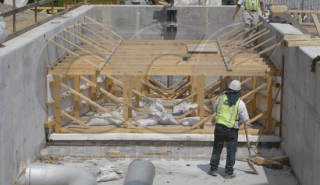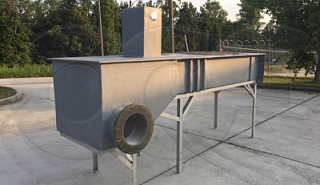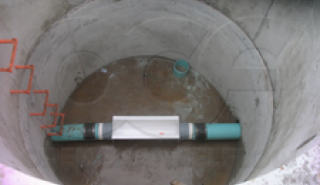Unless you use or put in flumes for a living, you may not be familiar with the layout of a typical flume installation. The components of most flume installations are: the flume (naturally), the sensor, and the flow meter.
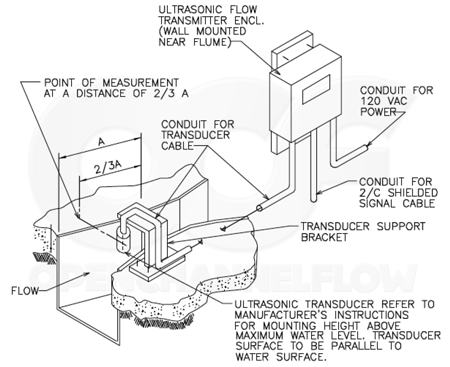
Components
Flume
Usually some form of short-throated flume (Parshall, Palmer-Bowlus, Trapezoidal, etc.) designed to restrict / accelerate flow in a controlled manner so that the flow rate can be determined by a single level measurement upstream of the throat (constriction) of the flume. Flumes are considered a “primary” device as they “produce predictable hydraulic responses which are related to the flow rate of water or wastewater through it.”

Flumes should be placed along the centerline of the flow stream in a section of channel free from turbulence, waves, or surging flows. The flow entering the flume should be well distributed across the entrance to the flume and must be under sub-critical, open channel conditions. Refer to the manufacturer's specific instructions for the placement of the particular type of flume being used.
Sensor
That element of a flow meter that is used to determine the water level in the flume at the point of measurement (where a known relationship exists between the water level and the flow rate. In technical terms, the flow sensor “measure(s) the particular hydraulic responses of the primary flow measurement device and transmits the results to the” flow meter.
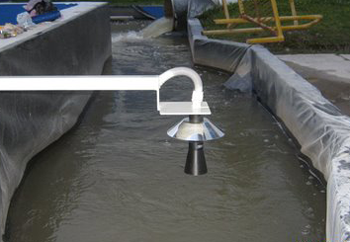
Sensors may be ultrasonic transducers, floats, submerged probes, or pressure transducers. While not strictly a sensor as it does not by itself determine the level in a flume, a bubbler line may be considered a sensor for purposes of the above.
Sensors should be mounted at the flume's point of measurement and sufficiently far enough away from any disturbance or turbulence along the flume's sidewall.
Flow Meter
An instrument used to take the level measurement of the sensor and convert the sensor signal into a flow rate. Flow meters may be electrical, electro-mechanical, or strictly mechanical in nature. Modern electronic flow meters usually have a display to indicate the level / flow rate, a totalizer, and some means of storing flow data. Additionally, many flow meters have the ability to output the data to a chart, recorder, SCADA system, or other device exterior to the flow meter.
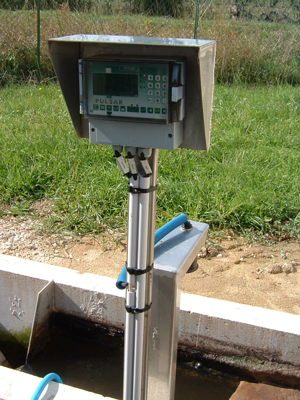
Flow meters exposed to direct sunlight and weather should generally be provided with a sun/weather shade - even if the meter is rated for outdoor applications. It is better to spend a small amount on a shade to protect the meter than it is to need to replace the meter because it wasn't protected. Shades can be plastic, stainless steel, or fiberglass as required by the installation conditions.
Images: Pulsar


